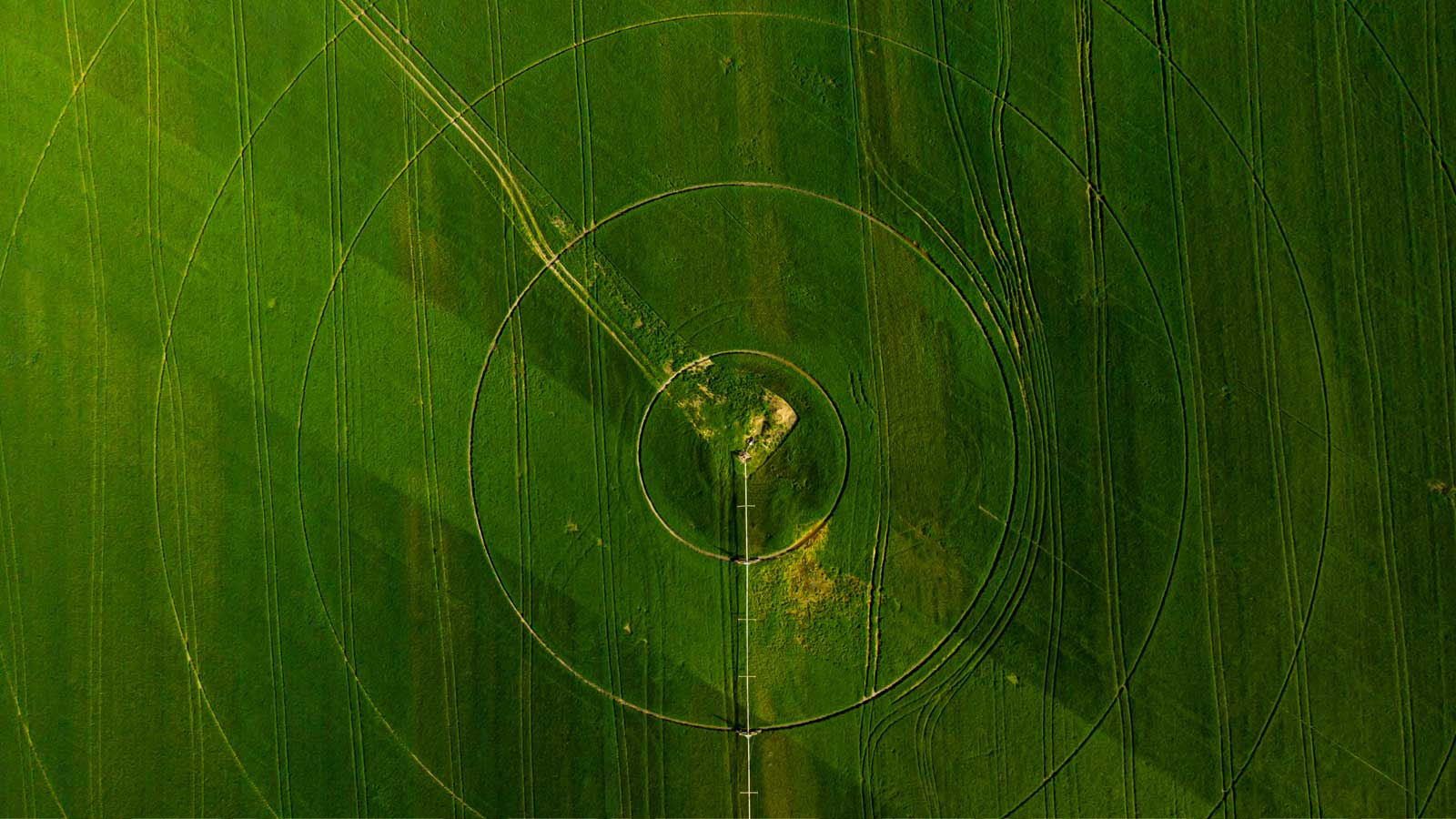The term "circularity" is popping up more and more often. In fact, it seems like it has become a buzzword in a short period of time. Moreover, the words "circular" or "circularity" are not always used correctly. This makes sense, because it is not simple. After all, what exactly is the difference between recycled and circular products? In this blog, we explain to you exactly what circularity means, and what steps you need to take to be allowed to call your company circular.
Let's start with the definition of circularity, because that is usually illuminating. Circularity is the application of as few raw materials as possible. In doing so, the raw materials that are applied retain their ecological and economic value in various forms. They also have a neutral or positive ecological impact.
Recycling or producing energy is often mistakenly called circular because the product cannot then be reused. Also, in the design phase of a product or raw material, not enough thought is given to the end of life phase. After all, circular means infinite. The product must retain its value.
Like, for example, biobased packaging from a renewable resource, which is continuously recovered as a resource or product through repair and reuse. In order for a product to be considered truly circular, it is important to look further to see if, for example, the energy, labor and materials required are also sustainable.
Completely climate neutral
Circular also means being completely climate neutral. You consume as much energy as you generate, and you do not emit any CO₂ or other greenhouse gases. This closes the resource chain, in a sustainable and climate-neutral way. In a circular economy attention is also paid to the living environment, such as preventing litter in the neighborhood and in nature.
The definition of circularity is not protected, and this often causes a lot of confusion. Because this gives circularity many different faces, and each company has a different approach. In fact, many companies have no idea how to get to that circular end goal. For every sector, there is a different answer to the challenging question: how do I make my operations circular? So too for the food sector. A clear roadmap with clear steps could certainly help here
Circularity in the food sector
What does circularity really mean for the food sector? It's not that simple, because raw materials are not always infinitely reusable. They perish or they get eaten. Still, there is a route to making the food sector circular. How? Start with insight: into your waste balance, waste and raw material use. Work together in the chain. Get informed by experts.
Want to know more? Whitepaper for the food sector
Are you working in the food sector or have a specific interest in how to make this sector circular? And would you like to know more about this? Download our whitepaper 'Towards a Circular Food Sector'. Here we elaborate on issues needed to move together towards a circular economy for food. An economy in which waste does not exist, agrifood residual streams are optimally reused, and resources retain their value.
Stay informed? Follow us on LinkedIn.











